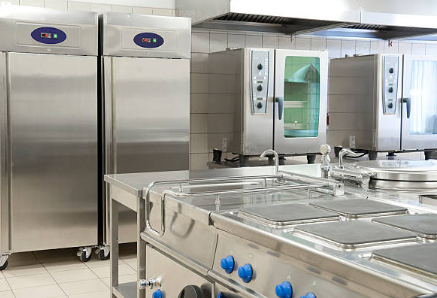Can You Put Baking Paper in the Oven? Understanding the Basics
Baking paper, also known as parchment paper, is a popular kitchen tool with multiple uses. However, when it comes to using it in the oven, there are some important considerations to keep in mind. In this article, we will explore whether you can put baking paper in the oven and provide you with some useful tips and guidelines to ensure successful baking results.
What is Baking Paper and How Does it Work?
Baking paper is a type of paper that has been specially treated to be heat-resistant and non-stick. It is typically used to line baking pans and trays, preventing food from sticking to them during the baking process. Baking paper is made by applying a thin layer of silicone to a paper base, which provides its non-stick properties.
The Oven-Safe Temperatures of Baking Paper
One of the most important factors to consider when using baking paper in the oven is its oven-safe temperature. Most baking papers are safe to use at temperatures up to 450°F (232°C). However, it's essential to check the packaging or the manufacturer's instructions for the specific temperature limits of the baking paper you are using. Exceeding these limits may cause the paper to burn or release harmful substances.
Using Baking Paper for Lining Baking Pans
Baking paper is commonly used to line baking pans and trays, providing a non-stick surface for easy removal of baked goods. To use baking paper for lining, simply cut a piece of paper that fits the bottom of your pan, allowing for some overhang on the sides. Place the paper in the pan, and it will stay in place as you pour in the batter or dough. The non-stick properties of the baking paper will prevent your baked goods from sticking to the pan, making cleanup a breeze.
Baking Paper as a Substitute for Greasing
In addition to lining pans, baking paper can also be used as a substitute for greasing. Instead of greasing a pan with butter or oil, you can simply line it with baking paper. This not only eliminates the need for extra fat but also ensures that your baked goods don't stick to the pan. Whether you're baking cookies, cakes, or bread, using baking paper as a substitute for greasing can save you time and effort.
Baking Paper and its Role in Even Baking
Baking paper plays a crucial role in achieving even baking results. By lining your baking pans with baking paper, it helps distribute the heat more evenly, preventing the bottoms of your baked goods from burning. It also helps maintain moisture, preventing excessive drying out of the edges. The non-stick properties of the paper further aid in easy release, allowing your baked goods to come out intact and beautifully browned.
Can You Put Baking Paper Directly on the Oven Rack?
While baking paper is safe to use in the oven, it is not recommended to place it directly on the oven rack. The paper can easily tear or catch fire if it comes into direct contact with the heating elements. Always use baking pans or trays to provide a stable surface for the baking paper. This will ensure that your paper remains intact and your baked goods are cooked to perfection.
Using Baking Paper for Roasting and Grilling
Baking paper is not limited to baking alone. It can also be used for roasting and grilling in the oven. When roasting vegetables or meats, simply place them on a baking sheet lined with baking paper. The paper will prevent sticking and make cleanup easier. Similarly, when grilling delicate foods like fish or kebabs, you can wrap them in baking paper packets to retain moisture and prevent them from sticking to the grill grates.
Alternative Uses for Baking Paper
Aside from its primary role in baking, baking paper has various alternative uses in the kitchen. It can be used to roll out dough, creating a non-stick surface for easy rolling and minimal mess. Baking paper can also be used to separate layers of frozen foods, such as burgers or cookies, preventing them from sticking together. Additionally, it can be used to create piping bags for decorating cakes and pastries, adding a professional touch to your creations.
Safe Disposal of Used Baking Paper
After using baking paper, it's important to dispose of it properly. Baking paper is not recyclable due to its silicone coating, so it should be placed in the regular trash. However, if the paper is minimally soiled, you can wipe it clean and reuse it for non-food purposes, such as wrapping or crafting.
Conclusion
Baking paper is a versatile tool in the kitchen, and it can indeed be used in the oven for various purposes. Whether you're lining pans, substituting greasing, or exploring alternative uses, baking paper provides convenience and ensures desirable baking results. Just remember to check the oven-safe temperature limits, avoid placing it directly on the oven rack, and dispose of it properly after use. Now you can confidently incorporate baking paper into your baking routine, knowing that it will enhance your culinary endeavors.

